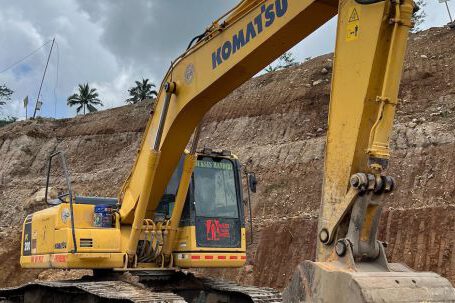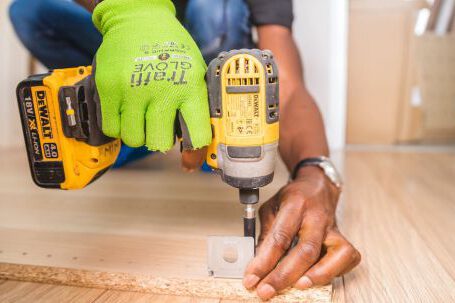The construction industry is a complex one, where many different elements such as engineering, architecture, and management come together to complete a project. One of the most important aspects of any construction project is the use of lifting equipment – from cranes to forklifts – to help move materials and equipment around the worksite.
Using lifting equipment can be a tricky process, but with the right guidance and knowledge, it can ensure that your project is completed safely and efficiently. Whether you’re a contractor, subcontractor, or project manager, understanding the principles and best practices of incorporating lifting equipment into your construction project is essential for successful completion.
Safety First
Safety is paramount when working with lifting equipment, and there are many safety protocols that must be adhered to in order to prevent injury or damage to people and property. It is essential that all personnel involved in the project are trained in the safe operation and use of the lifting equipment, and that all equipment is regularly inspected and maintained.
It is also important to make sure that the area around the construction site is clear of any obstructions or potential hazards. This includes ensuring that there are no power lines or other overhead obstructions that could interfere with the operation of the lifting equipment.
Planning Ahead
Before incorporating lifting equipment into a project, it is important to consider the scope of the job and the size of the equipment that will be needed. It is also important to consider the type of material and equipment that will be moved, as this will determine the type and size of the lifting equipment that is required.
It is also important to plan ahead for any potential problems or delays that may arise during the course of the project. This includes ensuring that there is adequate space for the equipment to operate, and that there is enough personnel onsite to operate the equipment safely and efficiently.
Choosing the Right Equipment
Once the scope and size of the project have been determined, it is important to select the right lifting equipment for the job. This includes considering the type of material that will be moved, the weight of the material, the size of the equipment, and the height of the lift.
It is also important to select equipment that is up to date with the latest safety protocols and certifications. This includes ensuring that all of the components of the lifting equipment are certified, and that the equipment is regularly inspected and maintained.
Operating the Equipment
Once the right equipment has been chosen, it is important to ensure that the personnel operating the equipment are properly trained and qualified. This includes training on the proper use of the equipment, the safety protocols that must be followed, and the specific requirements of the job.
It is also important to have a system in place to ensure that the equipment is regularly inspected and maintained. This includes ensuring that the equipment is regularly serviced, and that any necessary repairs or replacements are carried out in a timely manner.
Conclusion
Incorporating lifting equipment into a construction project can be a complicated process, but with the right guidance and knowledge, it can ensure that a project is completed safely and efficiently. By following the best practices outlined above, you can ensure that all personnel involved are properly trained and qualified, and that the equipment is regularly inspected and maintained. By doing so, you can ensure that your construction project is completed without any unnecessary delays or problems.






